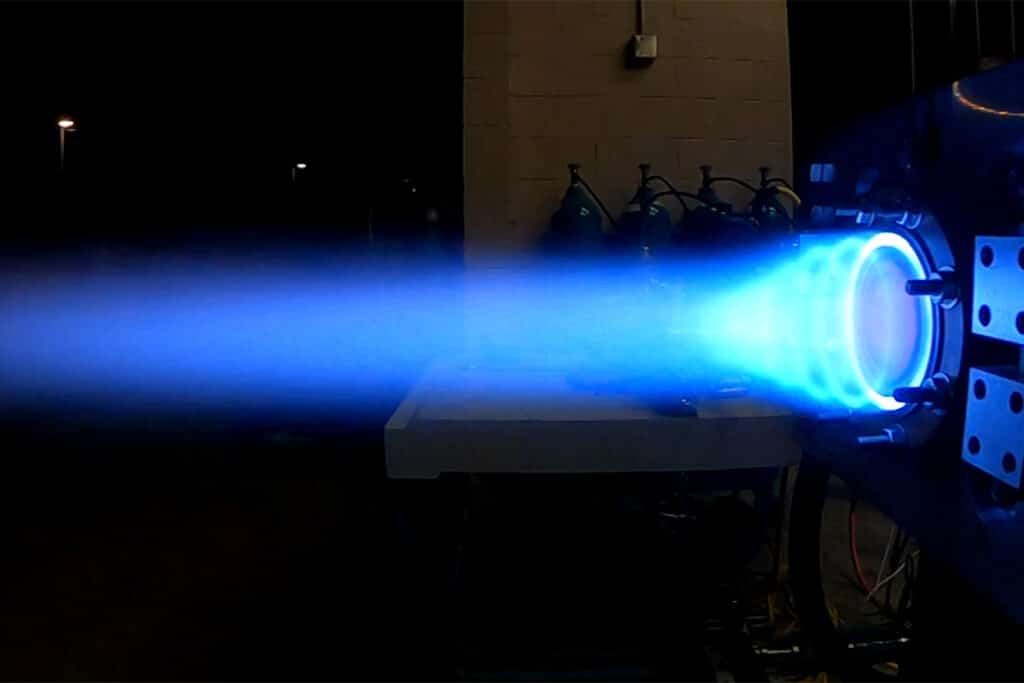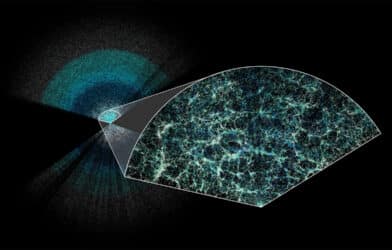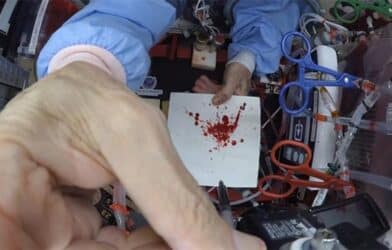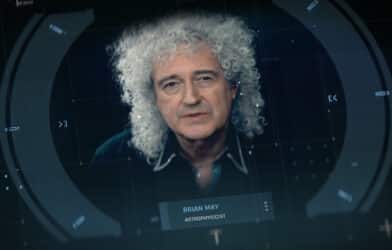During World War II, the pulse jet engine was created. Unfortunately, it was created by brilliant minds forced to comply or either readily complicit to the Third Reich. This invention wasn’t formed for harmless and scientific endeavors. The engine’s noise still haunts some veterans to this day both civilian and military alike.
The German Stuka dive bomber introduced sounds again to war as powerful psychological factors with its infamous “Trumpets of Jericho.” The V-1 “Buzzbomb” frightened all for its distinctive and powerfully low, growling, pulsing drone across the sky. It sowed fear into the hearts of all who heard it coming and even worse when the engine would cut before its descent.
If you were lucky, you’d hear and see where they might land, other times they’d lose fuel and glide the rest of the way. It was always a guessing game.
The V-1s (and V-2s, the direct successor of the V-1s) scorpion strikes slowly decreased as the Allies stormed launch sites and supplies began to reach critically low levels for the German war effort. They seized as much intelligence and materials as they could and quietly shipped everything back to their home countries for study under heavy guard.
Principally, the V-1 will hold a vaunted place in scientific history as a building block for missiles, rocketry, and aerodynamic design application. This bloody service record combined with a newer one driven by peaceful efforts gives the V-1 (and extension the V-2) a chance to present the RDE.
RDE is a Rotating Detonation Engine. It is the seemingly natural evolution of the rustic but robust concept of the pulse jet engine. Pulse-jet technology is still being refined.
The University of Central Florida is a fertile ground for NASA grants and money dumps into the creations from the minds there. “We have demonstrated the technology, now it is time for the development,” says lead author Kareem Ahmed, says in a statement.
The RDE principle relies on a continuous ring of explosions at the intensity of Mach 5 in each burst of combustion. The engine will need hydrogen and oxygen propellants fed into it in calculated amounts to help achieve this.
Mach 5 is five times faster than the speed of sound and creates thrust up to 5,600 miles per hour.
Ahmed was awarded $50,000 to help pierce the layers needed to sew together this project and provide NASA with a revolutionary new engine that is supposed to help conserve fuel, be more efficient, and be much faster.
Due to governments being the largest launchers in the world Ahmed said it was important to come up with a low-cost and advanced method to get launch costs down. Ultimately this would attract more entities and commercial investors.
Ahmed had previously published work on his study of engine design earlier. His previous work showed he and his team were able to prove the legitimacy behind the RDE principle and technology. His main objective is to tackle the replacement of the common RL10 engine with the team’s RDE design.
From undetonated duds to jaw-dropping craters the V-1 was a technology borne of malice and misery. Now it seeks to prove to us it isn’t just specific to war efforts. It threw off its combat helmet and tossed away its gun to don a lab coat and grab a clipboard. It became an unexpected ally to science as we reconstruct it for more peaceful uses.













It’s the best title in the world 🙂🙂